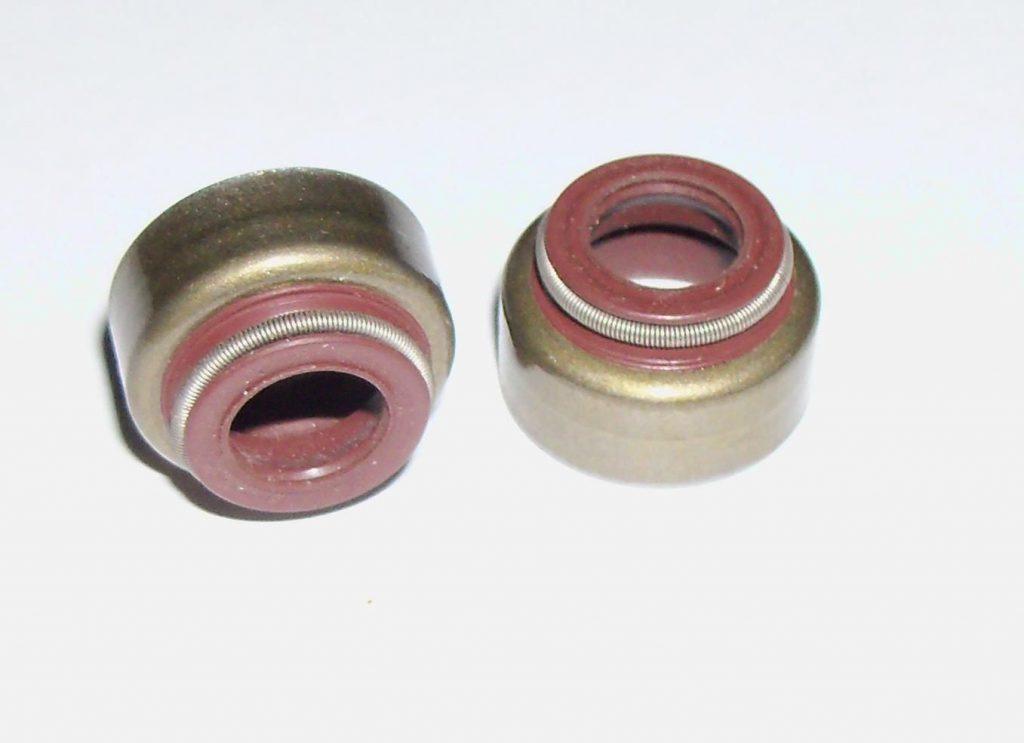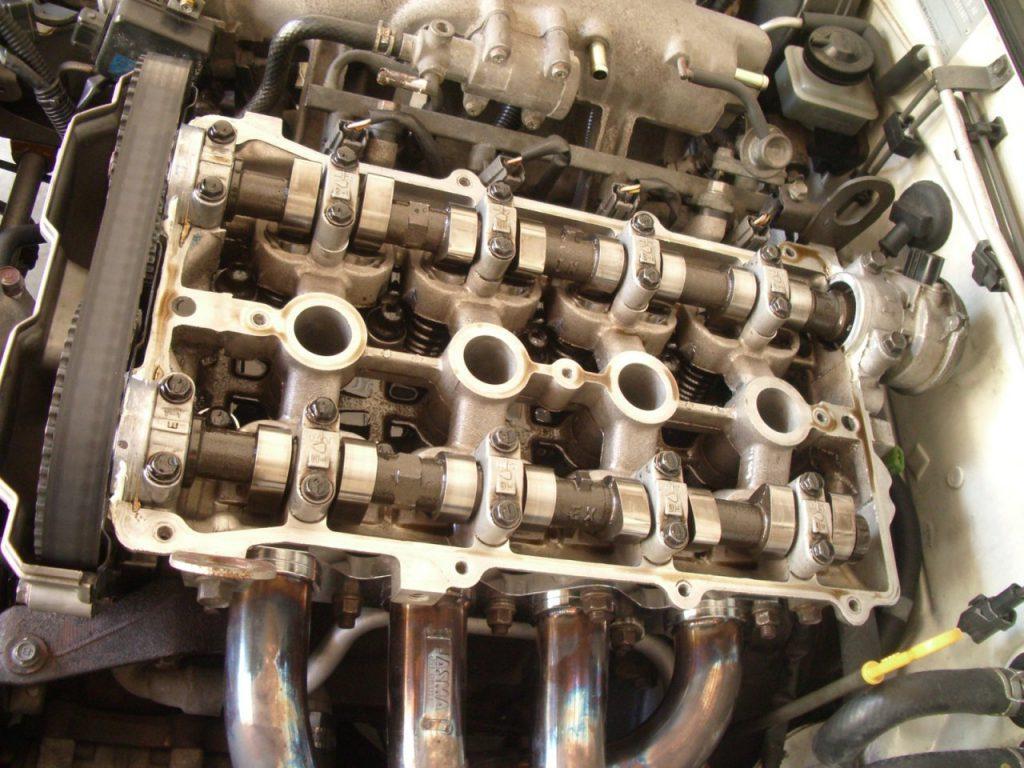Valve stem seals are a part of the valve system; these seals contribute to lubricating the valve so it can maintain the ratio of fuel and air mixture. This mixture further goes for combustion purposes and gives power to a vehicle. These valve stem seals are small parts, but they play a very important role in maintaining the engine’s sanity. The right amount of lubrication is needed, not more than that, and not less than that; the same confirms the valve stem seals. Bad valve stem seals lead to an overall malfunction in the engine. Let’s see how you can identify the seals that if they have gone bad.
Contents
Valve Stem Seals: Signs to Observe When They Have Gone Bad
Valve stem seals provide a leak of the oil to keep the valve system lubricated. When the lubrication is in a controlled manner, this helps the valve guide to slide without any harm. Too much oil and it causes carbon buildup; too less of oil, and it causes the stem and guide wear.
There are two kinds of seals: Positive and deflector. The positive kind attaches to the valve guide boss, and it functions there squeegee, wiping, and metering oil.
Deflector seals work as the name implies, they redirect the oil away from the valve stem. That is why these are also called the umbrella seals as they shield the valve guide from excess oil.
Now, let’s head on to recognizing bad stem seals-
The White-Blue Smoke
If you encounter a white-blue smoke like thing when you start the engine, this is the sign that is easily noticeable. When you let the vehicle sit overnight or for a long amount of time, the residual oil coats the top of the head inside the valve cover. When you start the engine, the residual oil gets sucked down. The seal then takes this oil into the combustion chamber, and since it is the residual oil, it releases the white blue kind of smoke out.
This kind of smoke also generates when you keep the vehicle idle at the stop signs or anywhere. When the car sits idle, the throttle valve remains closed, and this results in high levels of vacuum at the intake manifold. This situation further attracts the oil in the heads that gathers around the stems.
When the driver accelerates, this oil gets sucked past the eroding seal, and there it goes to the valve guide and burns in the exhaust. This burning then releases the huge white-blue clouds; the process repeats after every acceleration at idling.

READ MORE
- This is Why You are Seeing White Smoke Releasing from the Car
- Get Smoke Smell out of Your Car: This is How
Off-Throttle Braking
Another stage when you can notice the steam going bad is during the off-throttle braking. When you descend a steep downgrade while keeping the accelerator pedal static, the high intake manifold vacuum generates. This makes the oil getting collected toward the front of the valve cover.
When you push the acceleration, the burned oil exits the tailpipe in much amount, and it becomes a matter of concern to get the things right.
Oil Consumption
How about excessive oil consumption? The oil consumption, more than needed, takes place when the stem seals go bad. This level of oil can be noted beforehand using a dipstick, and then after a ride, you can notice it again. If the oil level has gone down significantly, it is a sign. This happens because the oil also burns with the fuel in a significant amount.
Excessive Smoke
If the valve seals are worn enough, you can notice the blue-white smoke always on startup. Though the smoke fades after the engine operates for longer, initially, the smoke always shows up. It happens because bad valve seals result in oil burning, and that may be irregular. Similarly, when the problem is with the piston rings and valve guides, the smoke never fades away even after the longer operation.
Material Choices for the Steam Seals
The valve stem seals are made from a variety of materials; they can be made of nylon, PTFE rubber, steel, and synthetic rubber. To determine the right kind of stem seals, you can always prefer some maintenance tips by your professional car repairer.

Sometimes these materials are combined into one to form a single and classy design. The synthetic rubber seals are the most used ones, and they are of three types: nitrile, polyacrylate, and Viton®. The quality of these seals depends on their heat resistance, and since Viton® is the best type of synthetic rubber seal, it is used widely.
The seal gets combined with a metal jacket, and as a result, it protects against both heat and abrasion. So while looking for a stem seals replacement, read the manual and buy the type of seal accordingly.
Replacing the Valve Guide Seals: The Replacement Cost
The replacement cost would charge you anywhere from $30 to $100 depending on the year and model of your car. But the problem is the labor cost and time. You would be needed to let your car be at the mechanic shop for 2 to 4 hours. The labor cost would charge you anywhere from $60 to $100 per hour, depending on your location or the city. This makes the total price between $150 and $500 on average.

Conclusion
For a seal replacement, it is best to take your car to a professional mechanic. As these seals are responsible for controlling the lubrication in the valve stem, these tiny parts play an essential role in there. Leaving the matter uncured only leads to worsening of your engine and seeing the symptoms more frequently. We hope you now understand the valve stem seals, how they work, and what the replacement cost is.



